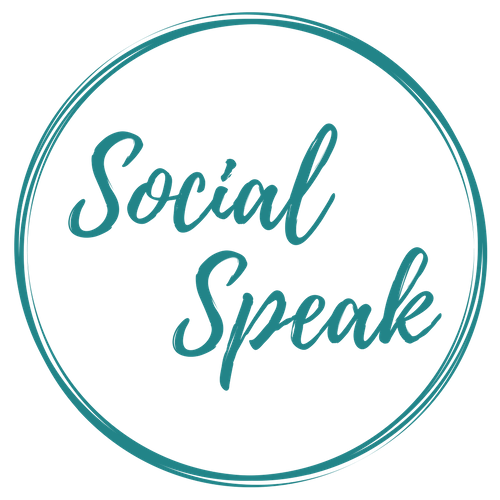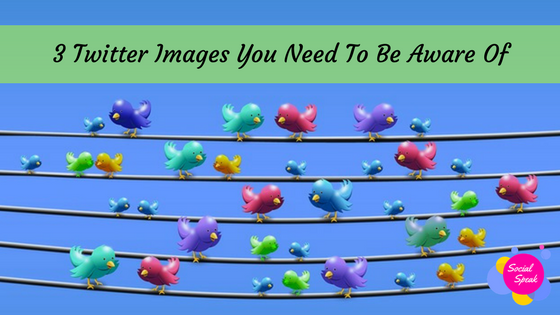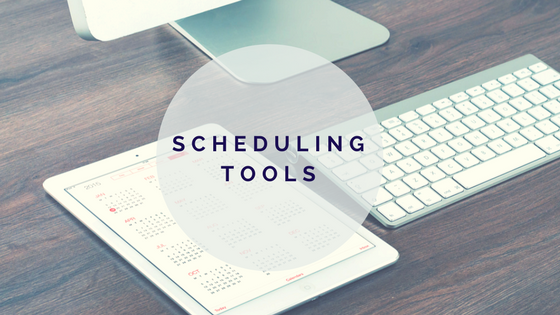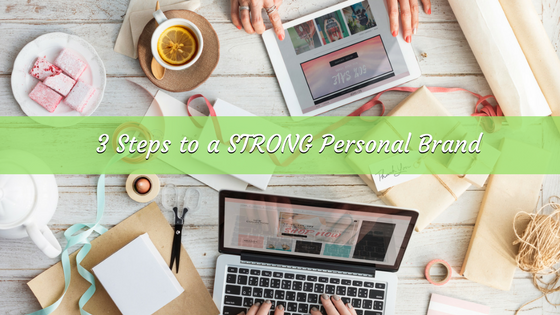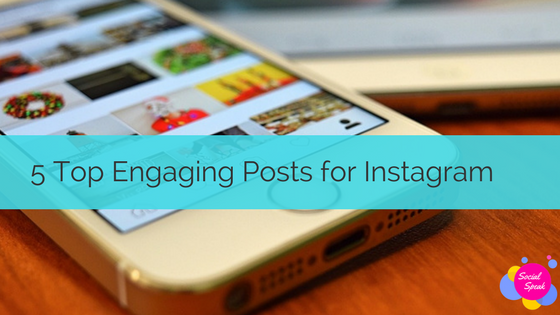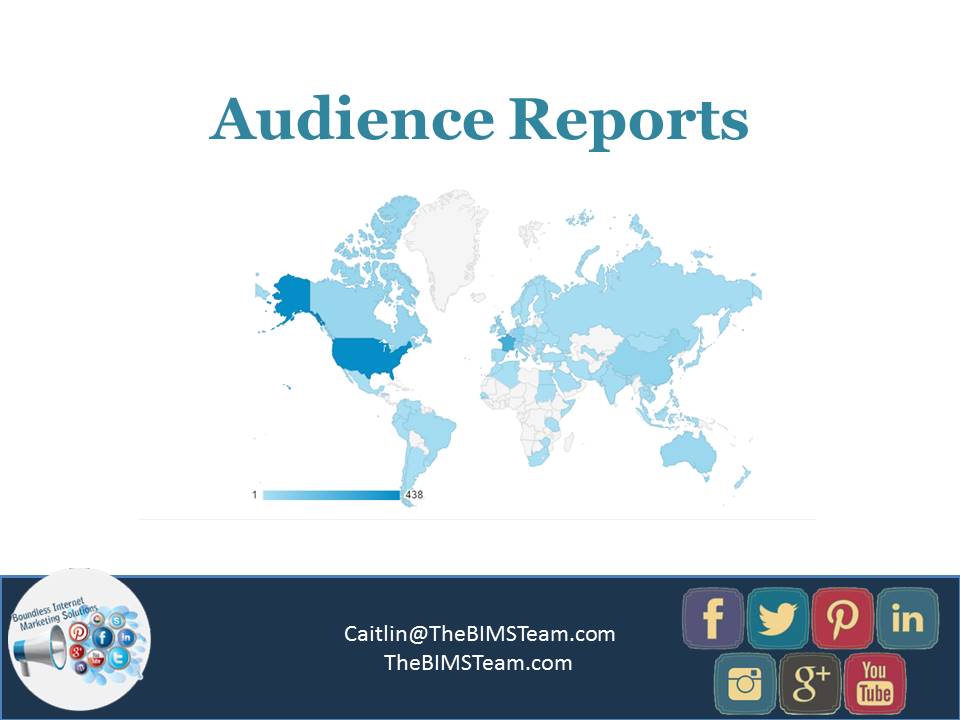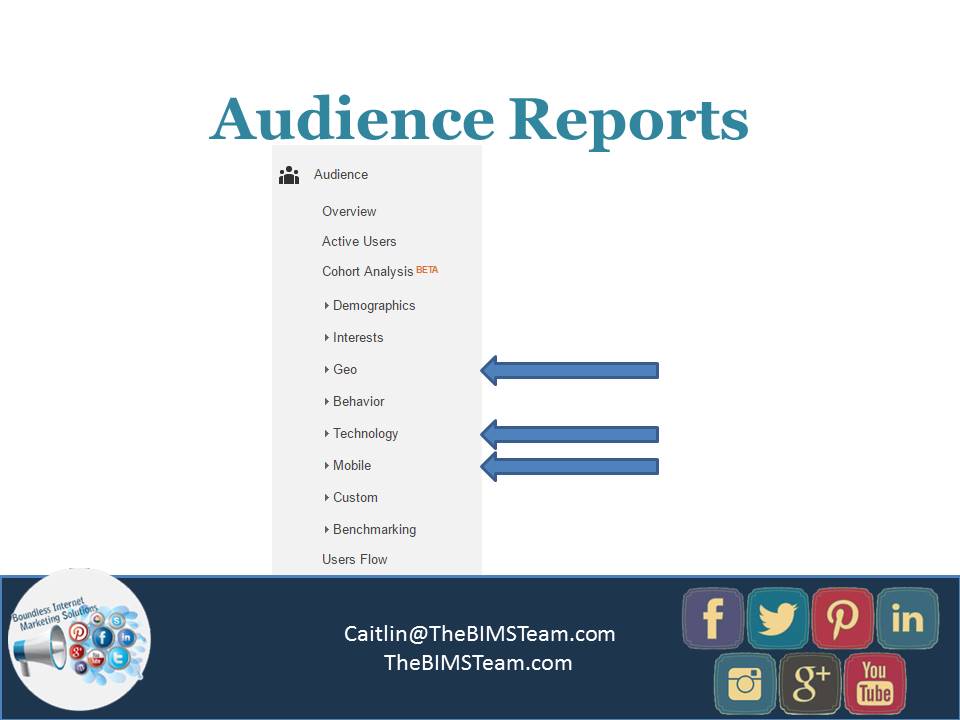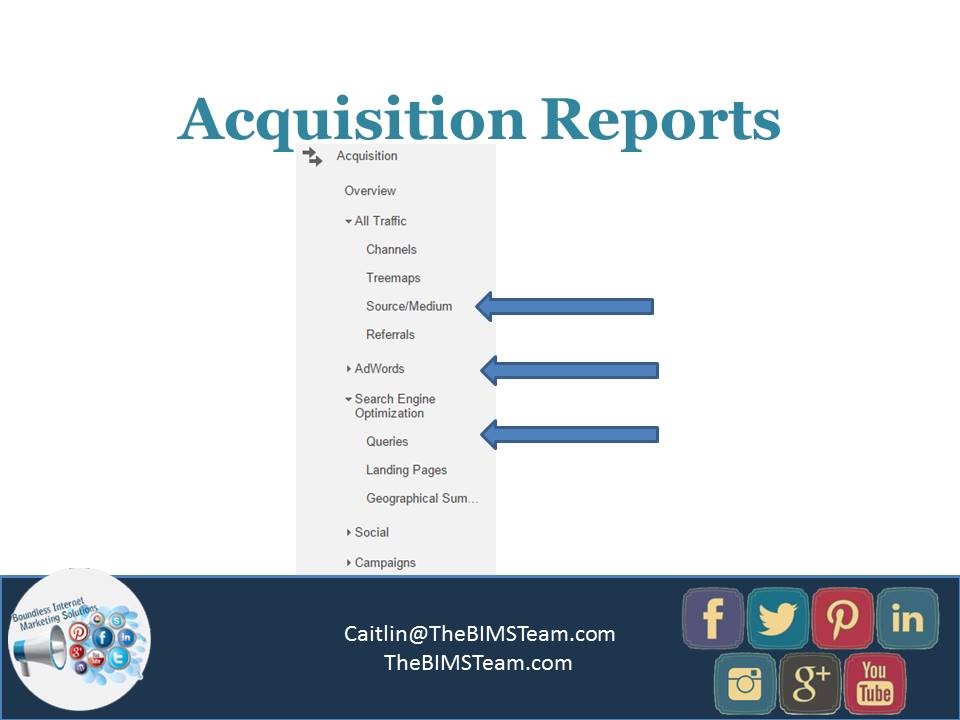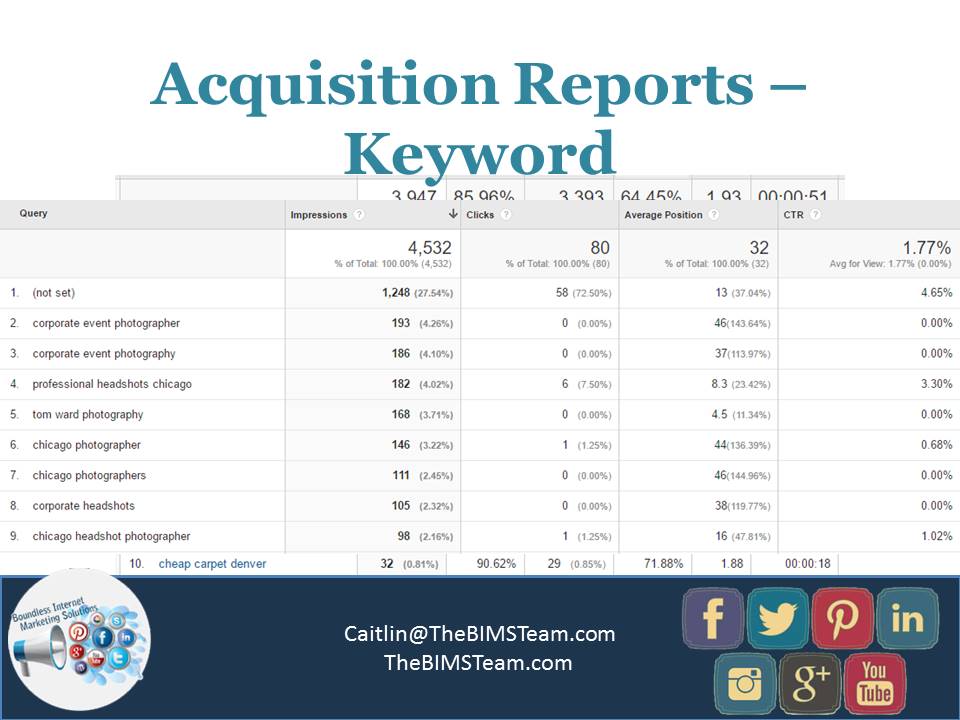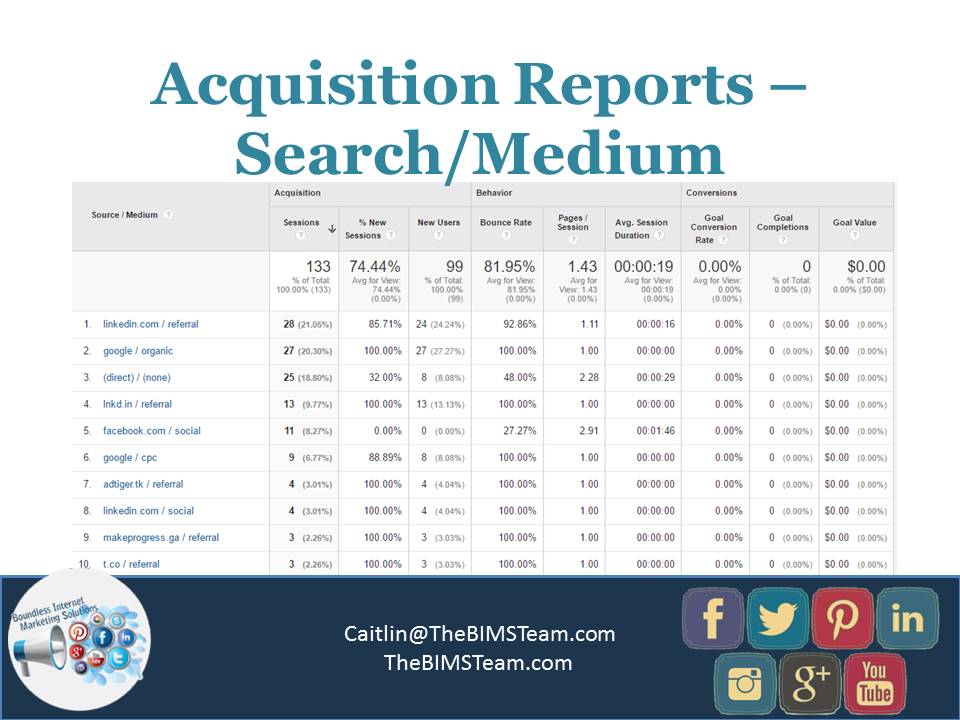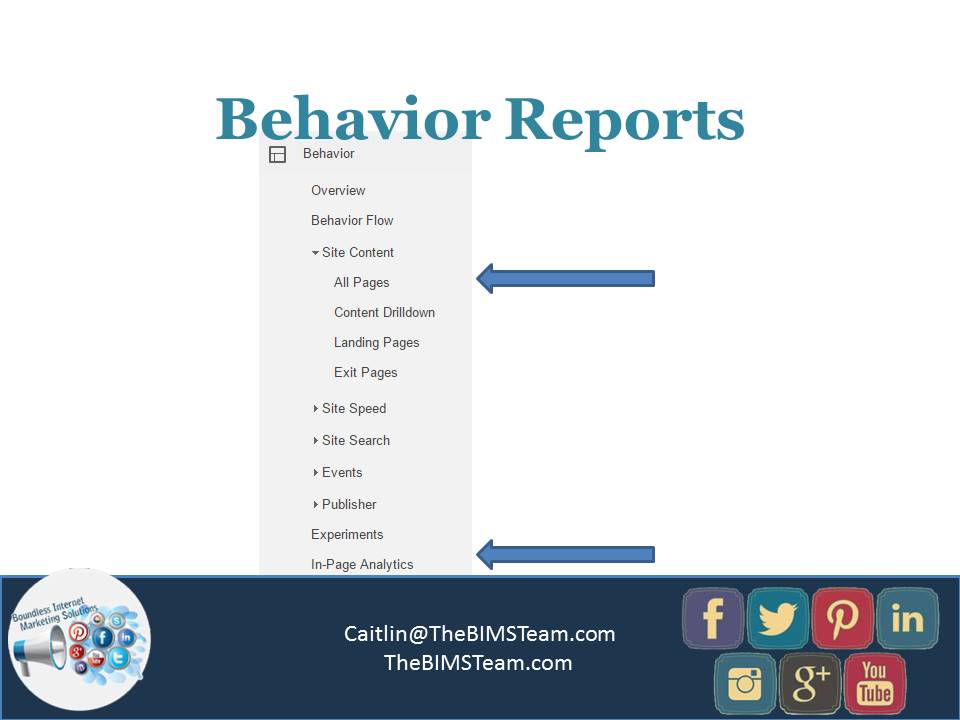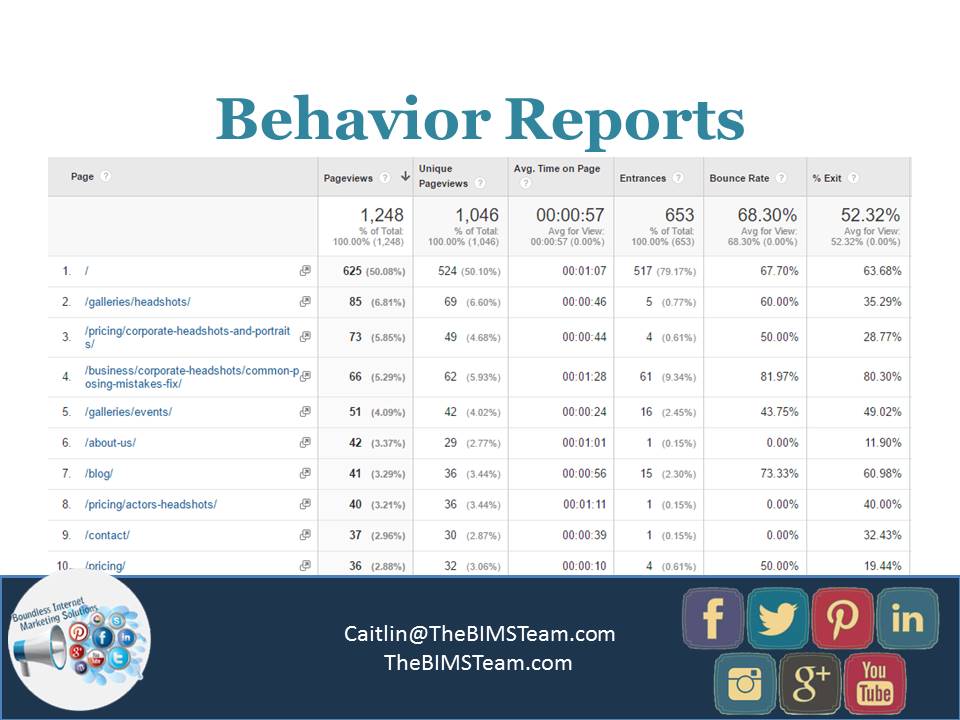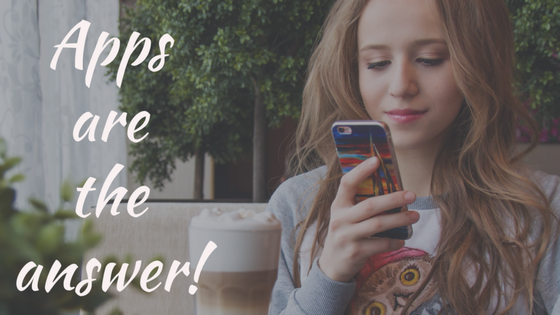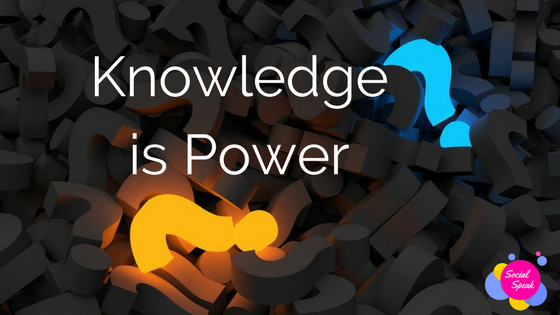How can you get the most out of Twitter for your business? We get that question A LOT! Twitter can be confusing and some may be stumped on how to use Twitter. When getting started with Twitter, it’s best to take baby steps and then grow from there. Once you get your feet wet and splash around a little you can’t help but take a swim in the deep end.
Starting Out…
When first with Twitter, use it for two things:
- Gather information
- Share information
Gathering Information:
Twitter can be extremely valuable for gathering information on a number of topics. To do this effectively you will want to follow these steps:
- Follow credible sources who deliver valuable content about the topic you are interested in. Topics can range anywhere from sports scores, business trends, world news, marketing tactics, etc.
- As you identify the sources you want to follow, add them to lists in order to sort the feeds by category or topic. Using lists will help you keep all of the topics you want to follow organized
- To create a list, follow these steps:
- Visit your “Lists” section of Twitter by clicking the gear icon drop-down menu or by clicking Lists on your profile page.
- Click Create List.
- Name the List & create a description.
- Mark the List as Public or Private.
- Save the List.
- Now that you have your list created, you can easily add sources to the list by:
- Click on a Twitter user’s profile
- Click on the person icon drop-down menu on the profile.
- Choose add or remove from Lists.
- Choose the List you would like to add the person to or uncheck the List the person was already a member of.
- Add as many people to your various lists as you would like
- Check your lists often to get the latest news from your trusted sources
Sharing Information:
Twitter is a great way for you to position yourself as an authority on a certain topic, field or industry. The trick is to share “tweet-able” information, share it often and on a consistent basis. A good rule of thumb is to share 21-70 Tweets a week. That is a minimum of 3 Tweets a day or a maximum of 10 Tweets. It seems like a lot, but there are a couple of things to remember:
- You are Tweeting sound bites of information that link back to a bigger story (your website, blog, landing page, or another social platform that has more detailed info).
- There is only room to Tweet up to 280 characters which is not a very large amount of content.
- If you do not maintain a constant flow of information, a single message will get lost in the Twitter-sphere minimizing your opportunity to be found by others.
So What’s “Tweetable?”
We are glad you asked! Below is a list of some generic ideas to get you started:
- Industry trends
- Tips
- Events
- Statistics
- Recommendations
- Best tools for your industry
- Links to your blog post
- Pose questions (this is a great way to encourage engagement)
- Attention-grabbing graphics
- Video
- Quote
- Poll
- Follow appreciation post
- Short and sweet “how-to”
- Data
- Something funny
Now that you get the idea of what types of things you should post, it’s time to put a plan into action. An efficient way of releasing multiple Tweets a day is to use a bulk scheduler like Hootsuite or Buffer. Visit this blog post to get more information about bulk schedulers.
Happy Tweeting!
